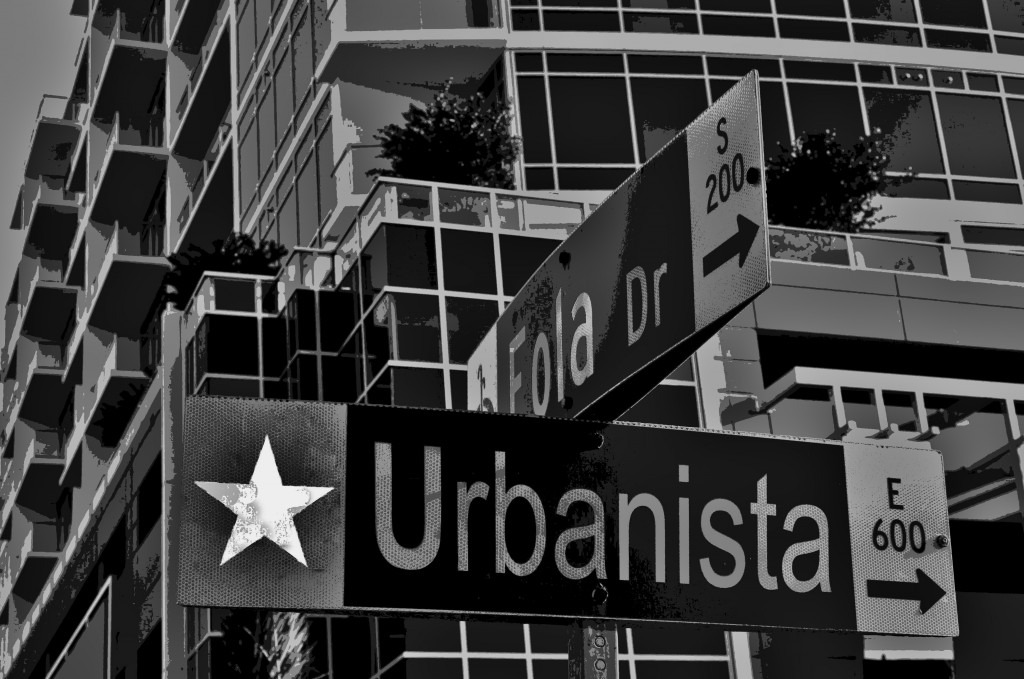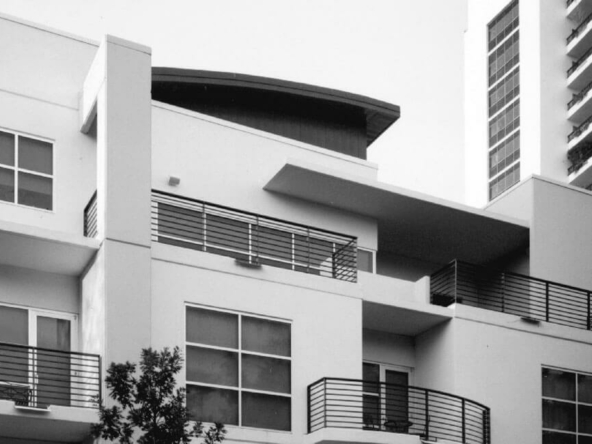Apartment rents in Metro Orlando have risen 4.5 percent during the past year, far outpacing the growth in wages and putting some tenants in a financial crunch.
The monthly rent on apartments of all sizes averaged $930 in April, up $40 from the same month in 2013, according to a survey by ALN Apartment Data Inc. In addition to rising rents, promotional deals for a month of free rent have all but disappeared.
During the same period, the median family income in Orange, Seminole, Lake and Osceola counties rose only 1 percent to $55,727, according to the U.S. Department of Housing and Urban Development. And inflation was only 2 percent during that time.
Demand for apartments has grown as a record number of homeowners have lost houses to foreclosure. Although new complexes are under construction, the supply of apartments has not kept pace. In addition, luxury apartments are opening up, raising the bar for what’s acceptable to charge for rent.
On the extreme end of the pricing spectrum, the SkyHouse opened in downtown Orlando last year with monthly rates of $2,295 for four-bedroom apartments that each have less than 1,000 square feet. Two of those four corner units are leased.
“My rent will probably go up $150 to $200 next year because of all these new apartment buildings,” said Veronica Kline, whose apartment is about half a mile from SkyHouse. Earlier this year, her landlord had proposed increasing her $930 rent by $100 a month. She was able to negotiate the increase down to $50 a month.
But even that amount will cut into her spendable income.
“I’ve been lucky to get raises every year, but you’re never getting ahead and always getting further behind,” the executive assistant said.
Deals for new and renewing tenants have vanished as apartment operators move to what’s known as “daily pricing.” Under that model, landlords forgo leasing sign-up deals, and rents are continually recalculated based on demand, inventory and competitors’ pricing.
Chip Tatum, executive vice president of the Apartment Association of Greater Orlando, said that as prices change daily, tenants may find less-expensive rents on three-bedroom units than on two-bedrooms if there is an ample supply of the larger units.
“The idea behind daily pricing is that lease rates are attractive and appealing without offering concessions,” Tatum said.
Rents also increased by more than 4 percent between April 2012 and April 2013. But the consensus among apartment owners and operators is that increases will not continue at their recent pace because of new projects being built, Tatum added.
The ALN survey covers apartments only; similar data for rentals of houses and condominiums was not available.
Orlando’s rental market has taken a wild ride since the region led the nation in conversions of apartments into condominiums in 2005. Available rental units became almost impossible to find. Then, many investors who bought the converted units walked away from their mortgages when prices collapsed starting in 2007.
Few new projects were built during the downturn, and pent-up demand for rentals has driven the market for new units. As the economy recovered, adult children who had been living with their parents became renters. Another factor pushing demand has been the wave of foreclosures that swept the area and pushed owners out of their homes.
Waterford Lakes renter Tiffany Lackay said she recently moved from Atlanta and said she found rents in Central Florida to be pricey.
“I would have preferred to live in Winter Park, Maitland or even Baldwin Park,” said the information- technology employee. But even to find a suitable apartment for $1,400 a month, she had to accept a longer commute from east Orlando to her job near downtown Orlando.
To meet rental demands, more than 6,100 apartment units were underway last fall — double the construction pace from a year earlier, according to Real Data Apartment Market Research. Another 5,000 units are proposed for development throughout the Orlando area.
The higher prices have left at least some renters pooling their resources so they can afford more desirable locations.
Unloading a moving truck filled with the belongings of three of her adult daughters, Nelley Perez said her girls are moving from a three-bedroom, $1,200-a-month apartment near the Mall at Millenia to a $1,400-a-month unit with the same number of bedrooms in Baldwin Park.
Perez rolled her eyes at the rent her daughters are paying but said the location is central for them and, “well, one of them prefers to be in a nicer community.”



